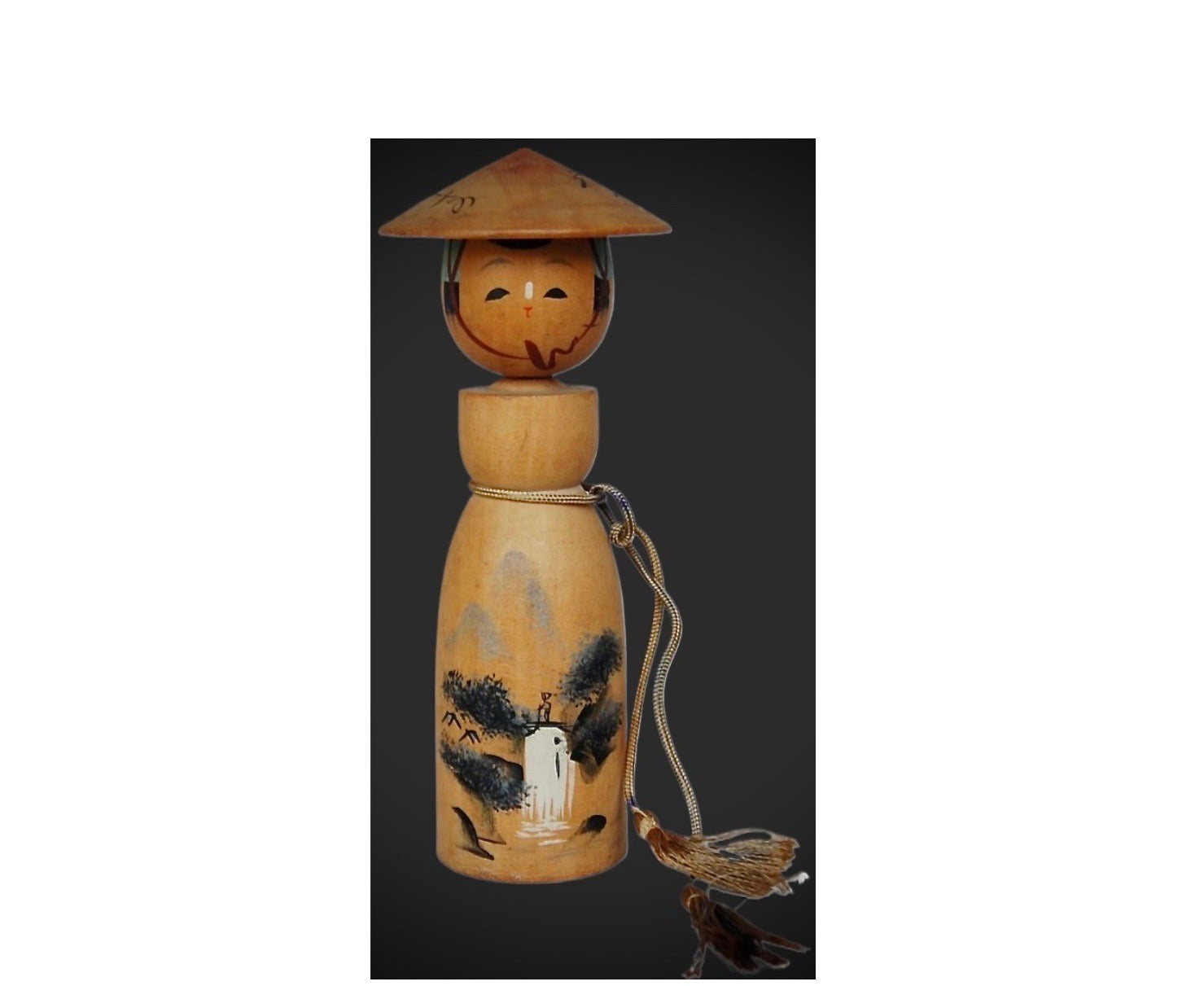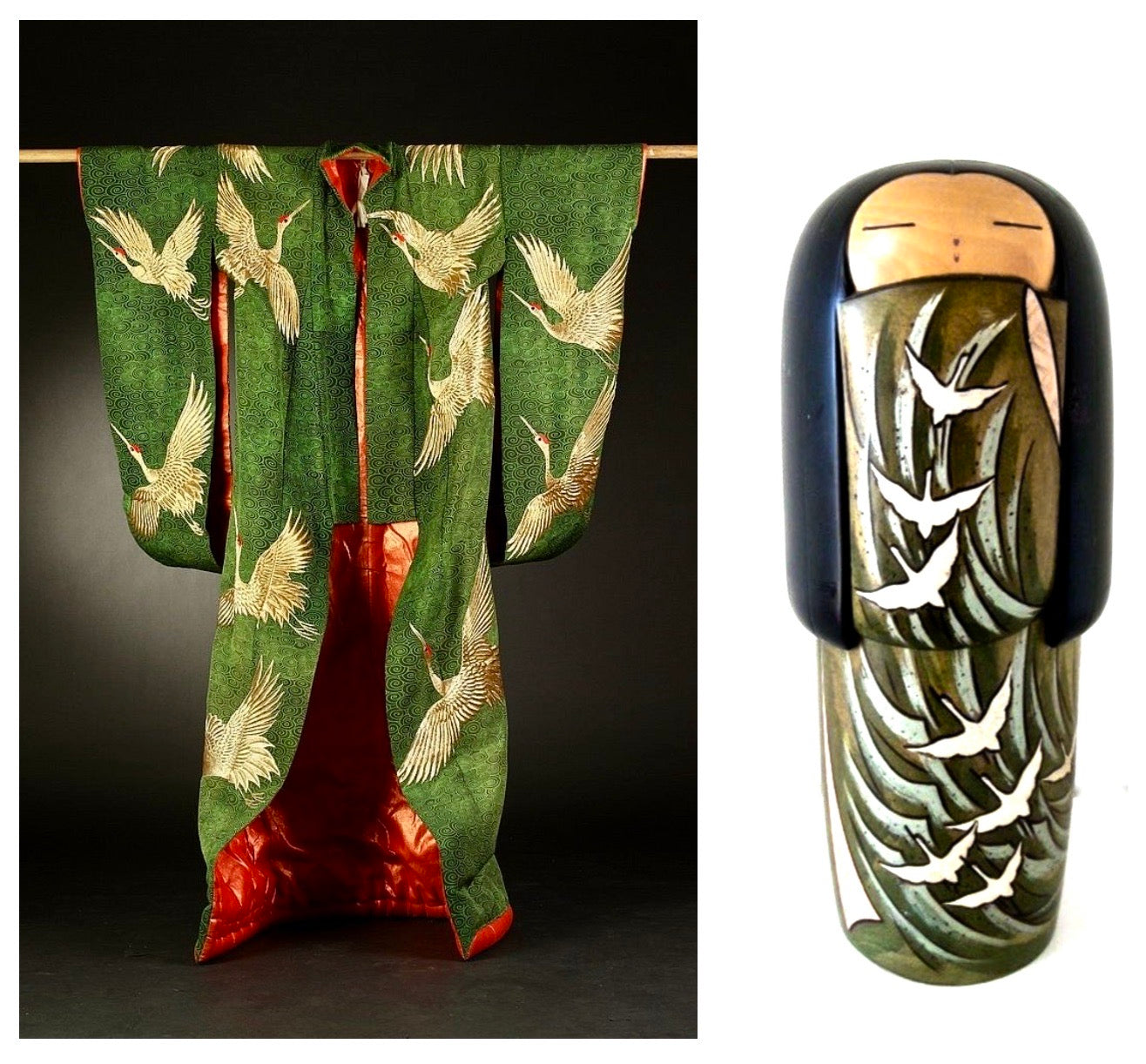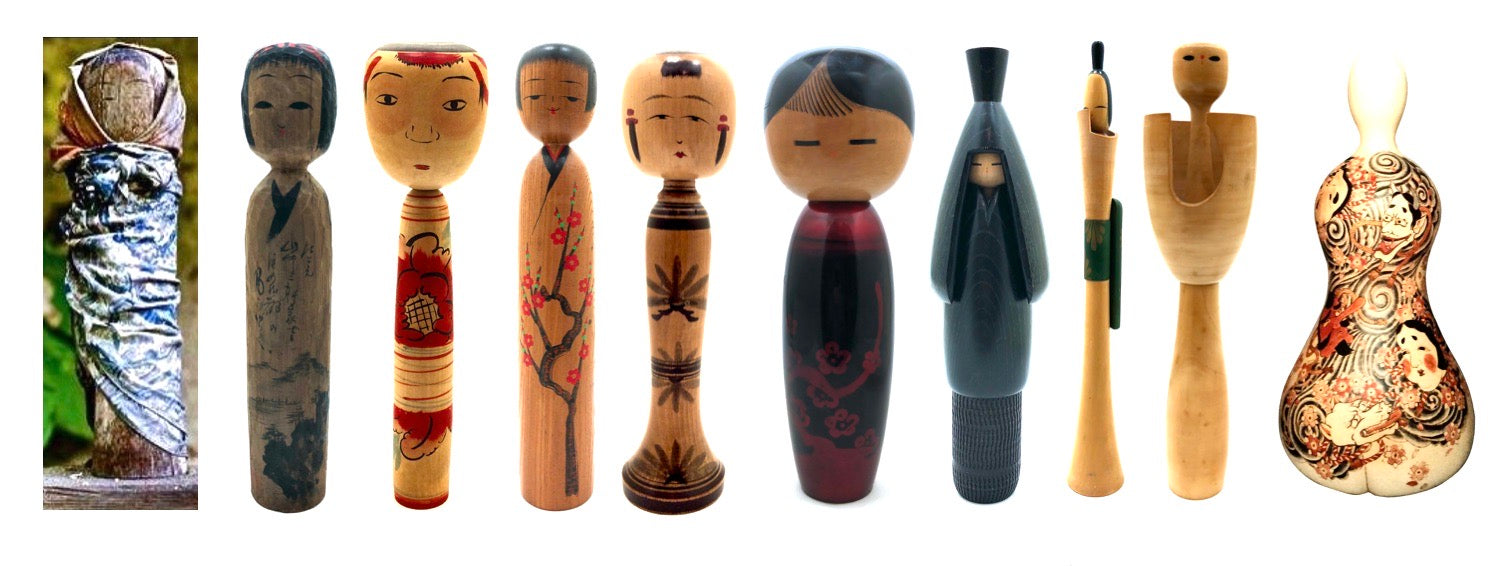These miniature dolls, some historians call Kokeshi, some call Folk Art Dolls are based on a late 1860s battle, in the City of Aizu in Fukushima-ken, where the Boshian civil war drew to a close. While considered a brief and minor skirmish to most non-Japanese historians, it was important because it represented one of the last stands of the Samurai and the downfall of the Shogunate.
The Byakkotai (White Tiger Brigade) was a military unit primarily composed of approximately 300 boys aged 15–17. The boys were the sons of the Aizu clan Daimyo, Lord Katamori, involved in the Boshin War (1868–1869), which was fought between the Tokugawa shogunate against the Emperor, and those opposed to its continued rule. The Byakkotai were raised and educated children to follow samurai ideals, but they were also a diverse group of lively, inexperienced teenagers. A female named Nagano Takeko, a prominent female samurai warrior and member of the Aizu clan along with her all-female samurai troops additionally supported the all-boy brigade.
The Daimyo Lord organized his troops into four units by age. The Byakkotai were the youngest military troops and were initially intended only to serve as reserves in the fighting. However, by the autumn of 1868, most Aizu forces were fighting in other regions within the domain, leaving only around 3,000 troops, including the Byakkotai, to defend Tsuruga Castle and the town. The young members of the Byakkotai squad were separated from the rest of their unit following the Battle of Tonoguchihara, in a village northeast of Aizu-Wakamatsu. After wading through deep water in a small, dark ravine to escape, the boys climbed to the top of Mt. Iimori. They were dismayed to look down and see smoke rising from the town, believing the castle had fallen to the enemy and was burning. Unfortunately, the boys believed everything was lost and Mt. Iimori became the final resting place of 19 members of the unit who decided to join their Lord in honorable suicide. Tsuruga Castle, after being damaged during the Boshin War, was largely demolished by the new government in 1874, with only the original stone walls remaining. Today, the Byakkotai are an enduring symbol of the spirit of the Aizu samurai.
The Folk Art Dolls | Kokeshi shown are rare for few exist representing a range of miniature and beautifully carved and painted dolls remembering this sad occasion. Without a doubt, the story of the Byakkotai is one of the most memorable legends that came out of the Samurai era of clan rule and shared through song, woodblock print, stories, and wood carvings for all who wish to learn from history.




